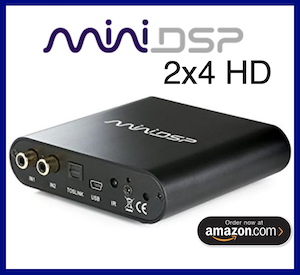strider445
Registered
Thread Starter
- Joined
- Dec 20, 2017
- Posts
- 5
Hi guys,
Something seems a bit wrong with the RTA for me. The variance or dB range is about 15dB in a quiet room, and when I unplug the microphone completely, the graph still shows ~30dB and fluctuates rapidly. Additionally, I suspected something was wrong when testing my sub amp in the low range (20-150). I saw no change in the RTA (using the Behringer ECM 8000 mic with a M-Audio MobilePre). I'm hoping someone can help me or tell me what I'm doing wrong here. I'm using an old computer running windows XP and wondering if that has anything to do with my current dilemma. Thanks for the help!
Something seems a bit wrong with the RTA for me. The variance or dB range is about 15dB in a quiet room, and when I unplug the microphone completely, the graph still shows ~30dB and fluctuates rapidly. Additionally, I suspected something was wrong when testing my sub amp in the low range (20-150). I saw no change in the RTA (using the Behringer ECM 8000 mic with a M-Audio MobilePre). I'm hoping someone can help me or tell me what I'm doing wrong here. I'm using an old computer running windows XP and wondering if that has anything to do with my current dilemma. Thanks for the help!












